DSP Recognition Week: Betty Davis’ Story
People with disabilities want to live in their own communities and make their own choices about their lives, just like everyone else. For millions, direct support professionals (DSPs) like Betty Davis make that independence possible.
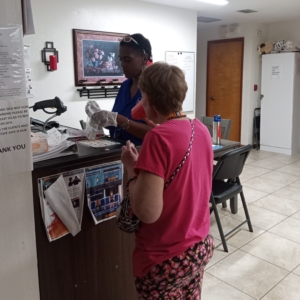 Betty has always had the innate ability to create a safe space for disabled people. As a child, she would talk to them in the grocery store, at church, and on the street. At the age of 18, she found herself running a daycare center and was drawn to do more for the disabled children who came through her doors. She enrolled in disability studies at Santa Fe College, which was right across the street from The Arc of Alachua County. Upon graduating, The Arc of Alachua County immediately hired her as a DSP. That was 20 years ago, and Betty has never looked back.
Betty has always had the innate ability to create a safe space for disabled people. As a child, she would talk to them in the grocery store, at church, and on the street. At the age of 18, she found herself running a daycare center and was drawn to do more for the disabled children who came through her doors. She enrolled in disability studies at Santa Fe College, which was right across the street from The Arc of Alachua County. Upon graduating, The Arc of Alachua County immediately hired her as a DSP. That was 20 years ago, and Betty has never looked back.
As Betty shares, “I fell in love with my clients. It wasn’t the pay. It wasn’t the management. It was the clients themselves. If you put your heart and soul into this job, you’ll get love and respect back. My clients have loved me so hard through the years.”
Being a DSP is rewarding work, but it can also be physically demanding, emotionally draining, and medically complex. Betty works at a group home with four women who have Prader-Willi syndrome, a developmental disability that causes a range of physical symptoms, learning difficulties, and behavioral challenges – most notably, a constant sense of hunger. Her clients need support 24 hours a day. “Every day, I sit down with each of my clients to go over their caloric intake. I assist them with getting bathed. I make and feed them dinner. I help them do their house chores, manage their medications, and go to bed. On special occasions, like birthdays, I take them home to be with their families. Every Friday, we go out to dinner at a different restaurant and go shopping afterward. They love Walmart, Dollar Tree, Roses, Five Below, and Ollies.”
Not only does Betty advocate for her clients, but they also advocate for her. Betty tears up as she recalls how Melinda, a client who recently passed away at the age of 61, went to the CEO of The Arc, Mark Swain, to ask him to meet her and recognize her work. That year, Betty won Employee of the Year. “She wanted to recognize the type of person I was and that I go out of the way to make them happy,” Betty added.
Despite the crucial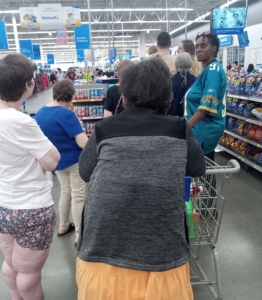 role of DSPs, chronic underinvestment in Medicaid’s home and community-based services has led to paltry wages and training, which has created a nationwide shortage of workers. As Betty says, “Spend a day in our shoes. It might seem like what we do is easy, but it’s not. There’s no training, so I had to learn on the job, and there’s not enough staff. Sometimes, I have to work without a break, cover the next shift, or come in on weekends, but I don’t have a problem with that because I want my clients to be happy. Their families tell me all the time that if I wasn’t in their lives, they don’t know what they’d do or where they’d be.”
role of DSPs, chronic underinvestment in Medicaid’s home and community-based services has led to paltry wages and training, which has created a nationwide shortage of workers. As Betty says, “Spend a day in our shoes. It might seem like what we do is easy, but it’s not. There’s no training, so I had to learn on the job, and there’s not enough staff. Sometimes, I have to work without a break, cover the next shift, or come in on weekends, but I don’t have a problem with that because I want my clients to be happy. Their families tell me all the time that if I wasn’t in their lives, they don’t know what they’d do or where they’d be.”
Luckily, Betty wouldn’t want to work anywhere else. “The Arc is a wonderful place for resources and a wonderful place to work. They are behind me 100% if I want to get more training, and they try to get as many resources as possible to help DSPs out. This is the place to bring your loved one. My clients wouldn’t want to be any other place.”
DSPs like Betty are vital to helping people with disabilities live with dignity and freedom. Help us celebrate them this DSP Recognition Week and beyond.

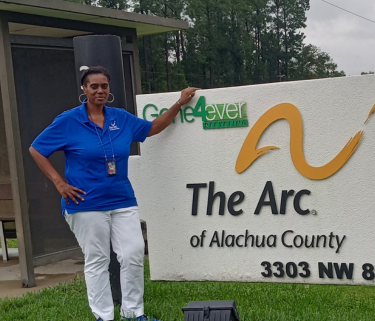

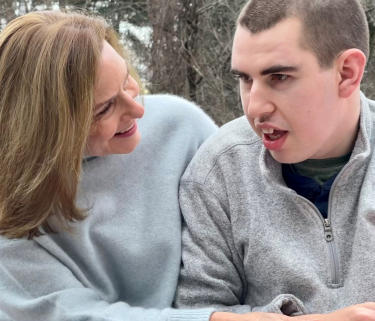
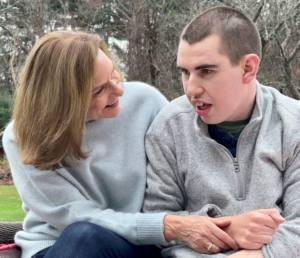 Barbara’s son Jake is a medically complex young adult living at home with his parents. Jake relies on Medicaid to provide the services he needs to be medically safe and supported at home, including continuous skilled nursing and personal care assistance (PCA).
Barbara’s son Jake is a medically complex young adult living at home with his parents. Jake relies on Medicaid to provide the services he needs to be medically safe and supported at home, including continuous skilled nursing and personal care assistance (PCA).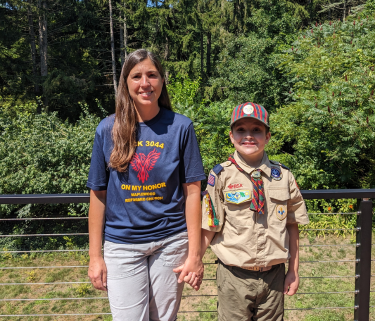
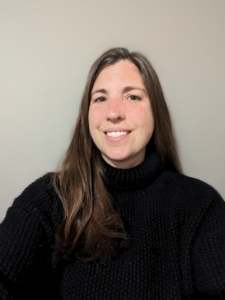 Cassie is a mother, former educator, and co-founder of
Cassie is a mother, former educator, and co-founder of 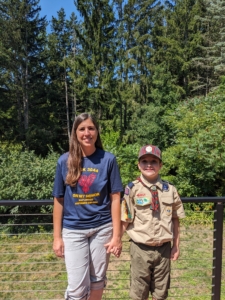 Between August and December of his first-grade year, Cassie recorded that six-year-old Kai was sent for “time away” around 100 times, much of which took place in a seclusion room.
Between August and December of his first-grade year, Cassie recorded that six-year-old Kai was sent for “time away” around 100 times, much of which took place in a seclusion room.
 When her seven-year-old son was in first grade, Michigan mom Amanda got an unexpected call from the new school principal. Her son, who has autism, had kicked the principal—and Amanda was being asked to keep her son home from school the next day.
When her seven-year-old son was in first grade, Michigan mom Amanda got an unexpected call from the new school principal. Her son, who has autism, had kicked the principal—and Amanda was being asked to keep her son home from school the next day.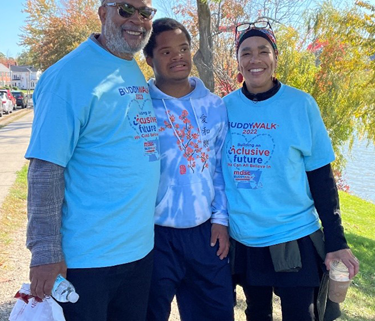
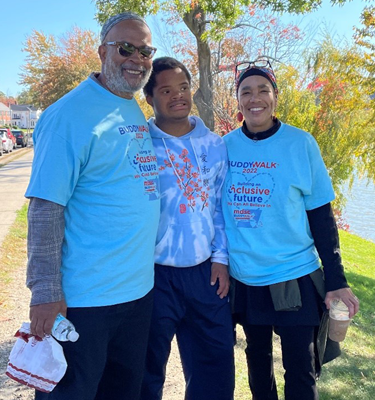 Fifteen years ago, within days of being born, we learned that our son had Down syndrome. This sent us into a flurry of information gathering, advocacy, and more.
Fifteen years ago, within days of being born, we learned that our son had Down syndrome. This sent us into a flurry of information gathering, advocacy, and more.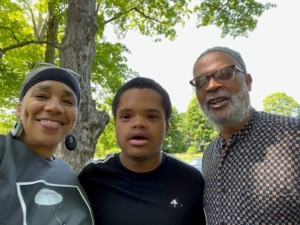
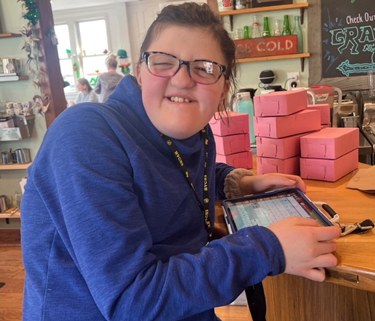
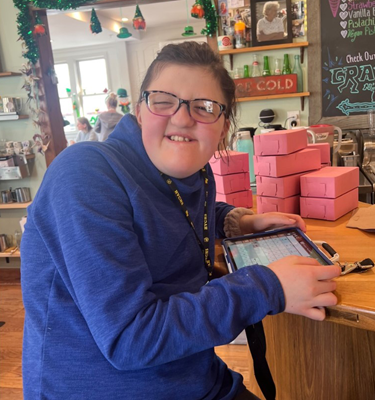
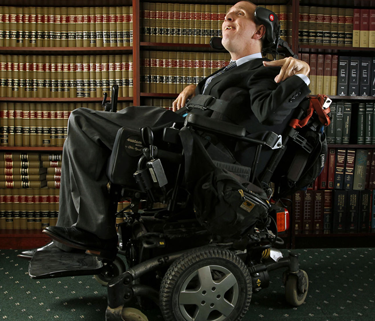
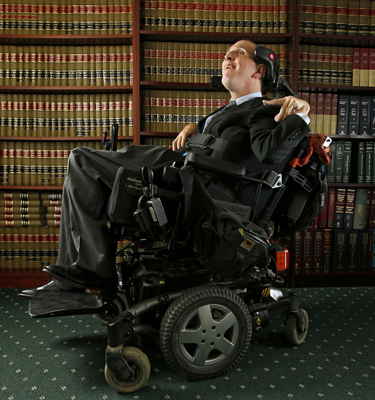 Sean founded a law firm with his best friend, Mark Whitburn. At their firm, Sean works on special education law and practice, guardianship and probate proceedings, and other civil rights cases. He focuses on the ADA, the integration of individuals with developmental disabilities into society, and ensuring that students with disabilities receive the appropriate services under the Individuals with Disabilities Education Act (IDEA).
Sean founded a law firm with his best friend, Mark Whitburn. At their firm, Sean works on special education law and practice, guardianship and probate proceedings, and other civil rights cases. He focuses on the ADA, the integration of individuals with developmental disabilities into society, and ensuring that students with disabilities receive the appropriate services under the Individuals with Disabilities Education Act (IDEA).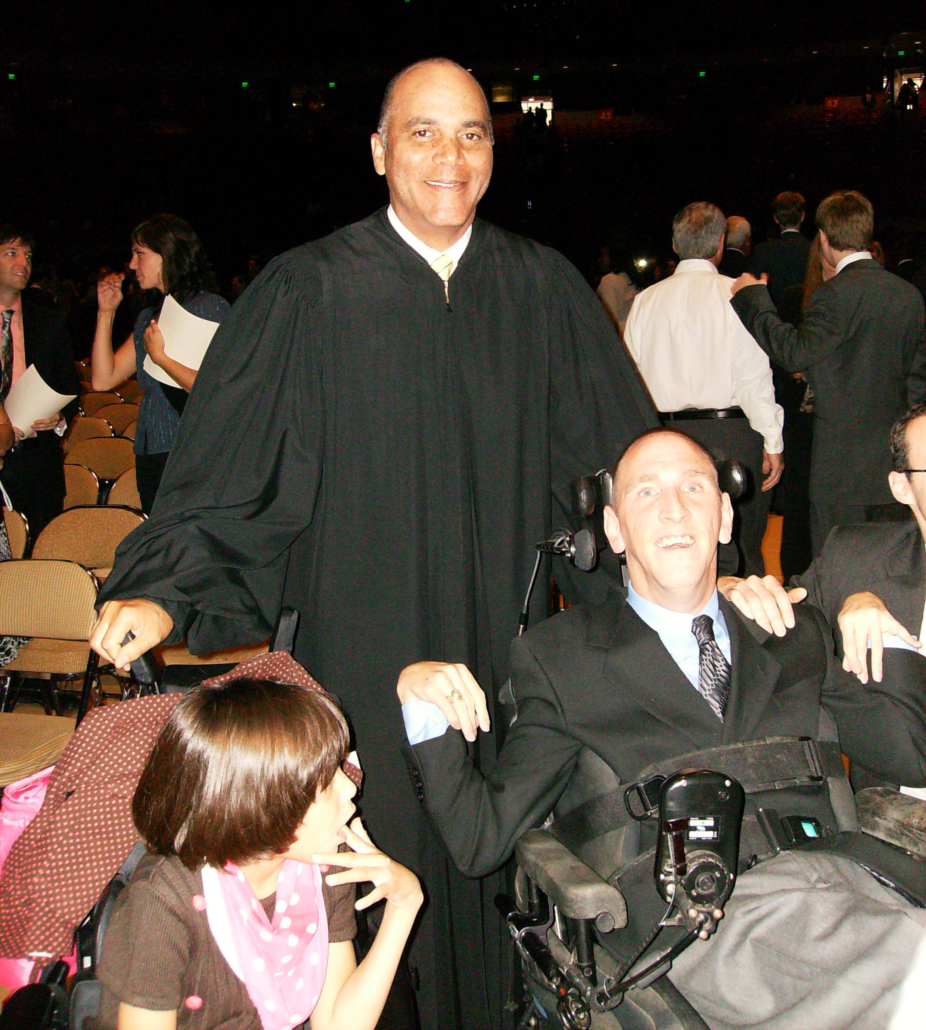
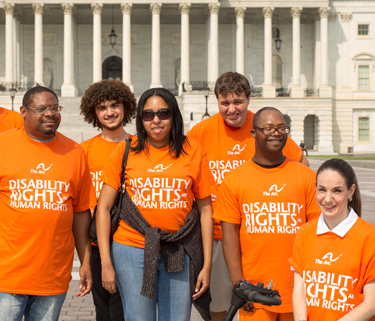
 For some, August can be a time for camping trips, beach days, and other fun summer activities. But for members of Congress, August signals the start of Congressional Recess. During August recess, U.S. senators and representatives leave Washington, DC, and travel to their home states and districts to begin a fast-paced schedule of constituent meetings, town halls, and other community events.
For some, August can be a time for camping trips, beach days, and other fun summer activities. But for members of Congress, August signals the start of Congressional Recess. During August recess, U.S. senators and representatives leave Washington, DC, and travel to their home states and districts to begin a fast-paced schedule of constituent meetings, town halls, and other community events.





